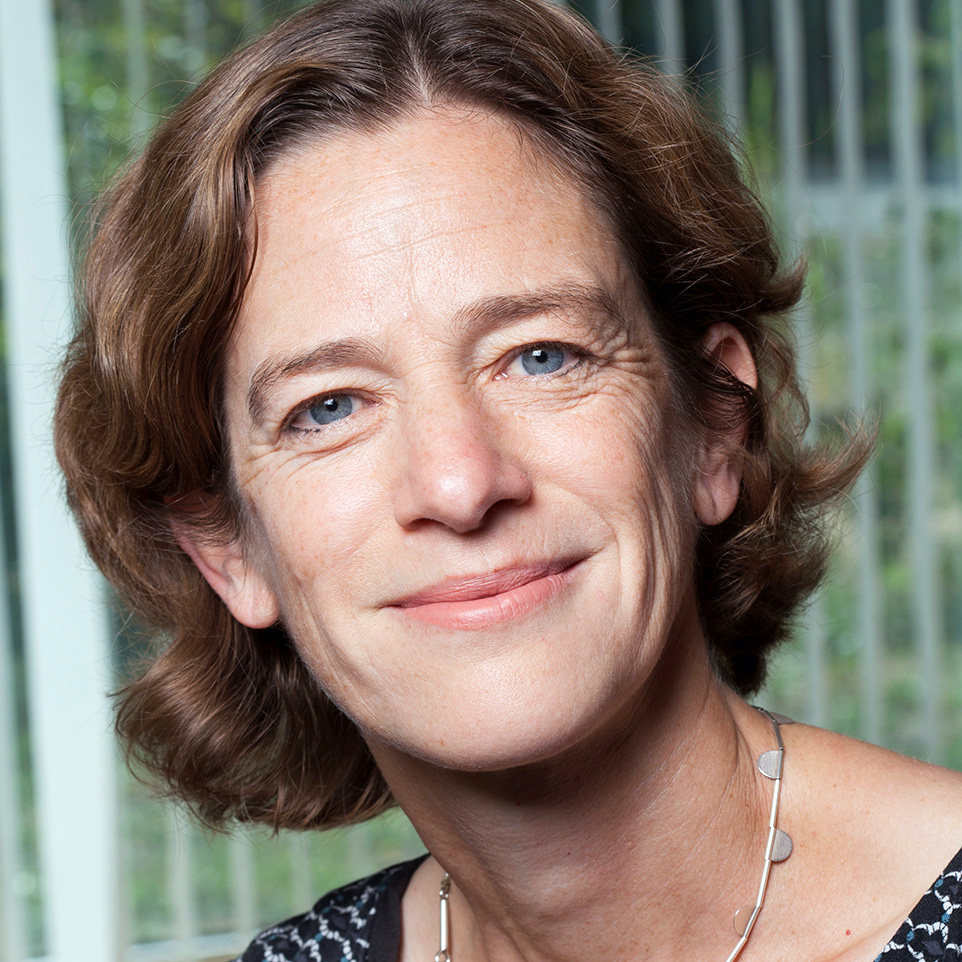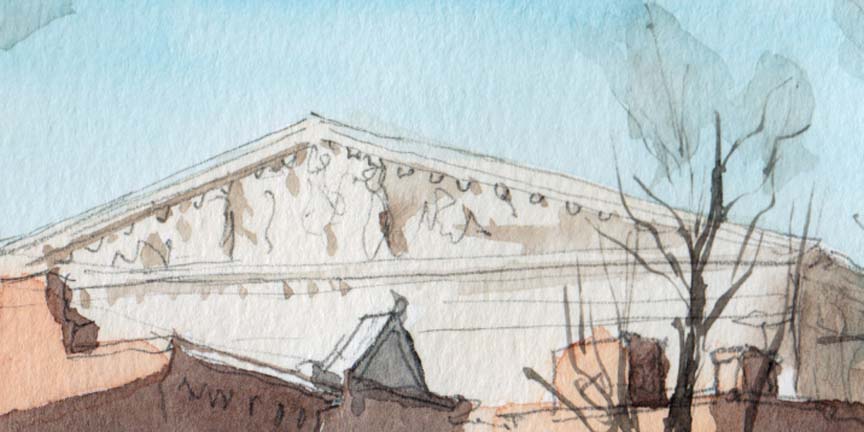Academic highlight: Greenhouse and Siegel on the past, present and future of Roe v. Wade

on Sep 18, 2018 at 2:43 pm

The future of a constitutionally protected right to abortion is uncertain now that Justice Anthony Kennedy has retired from the Supreme Court, leaving a vacancy for President Donald Trump to fill. During the campaign, Trump promised to appoint justices who would vote to overturn Roe v. Wade – the standard position of all recent Republican nominees for president. Members of the Senate Judiciary Committee questioned Judges Neil Gorsuch and Brett Kavanaugh closely on the matter, and many legal scholars have opined that Roe is at risk of either outright reversal or gradual erosion with the addition of a new justice to the bench. At a time when the future is unknown, it is worth considering Roe’s past.
In “The Unfinished Story of Roe v. Wade,” a chapter in the forthcoming book “Reproductive Rights and Justice Stories” (Melissa Murray, Kate Shaw & Reva Siegel eds.), Linda Greenhouse and Reva Siegel provide a fascinating account of the abortion debate before and after Roe that upends some of our basic assumptions about the politics of abortion. Today, Roe is as much a symbol as a legal precedent. For some, the case exemplifies the Supreme Court’s essential role in protecting freedom and equality for those who lack political power. For others, it is a prime example of judicial overreach, and illustrates the backlash that can result when the court inserts itself in politics. But in Greenhouse and Siegel’s account, the focus on Roe v. Wade overstates the court’s role in the abortion debate. They describe how the views of the public, political parties and religious groups shifted both before and after the court’s decision in Roe, and often independent of it. And they explain that many of the battles took place in state legislatures, not before the nine justices.
Although abortion was not a crime at the time of the Constitution’s ratification, by the late 19th century it was criminalized in every state. Even so, by the middle of the 20th century approximately one in four pregnancies ended in an abortion. Upper-class women were able to obtain abortions relatively safely, but the poor could not, and an estimated 10,000 women died from abortions every year.
Alarmed by these statistics, medical providers were the first to call for reform. Not surprisingly, they sought to give doctors, not pregnant women, the power to decide who could obtain an abortion. In 1970, the American Medical Association authorized its members to perform therapeutic abortions, but only in appropriate cases, and they were told not do so in “mere acquiescence to the patient’s demand.” Only in the 1960s did feminists begin to frame the repeal of laws criminalizing abortion as about “freedom,” “equality” and women’s right to exercise control over their bodies and reproduction — the standard rhetoric of -abortion-rights advocates today.
The movement against abortion looked very different in the years before Roe than it does today. Leaders of the Catholic Church mobilized against reform of abortion laws in the late 1960s, but polls showed that more than half of all Catholics disagreed with the church’s official position. The Republican Party before 1972 was not opposed to abortion, nor were evangelicals, and a significant majority of Americans supported abortion. In a Gallup poll taken in August 1972, 64 percent of Americans agreed with the statement that “abortion should be a matter for decision solely between a woman and her physician,” and significantly more Republicans than Democrats took that view (68 percent of Republicans as compared to 59 percent of Democrats).
Despite broad popular support, reforms stalled in the early 1970s. The New York legislature repealed a reform measure it had enacted two years before (though the governor vetoed the repeal), and reform failed to pass in Michigan. Greenhouse and Siegel attribute these losses to “the ability of a mobilized minority, committed to a single issue and institutionally funded and organized, to thwart reforms that have broad public support.” Stymied by the political process, abortion-rights supporters turned to the courts.
The justices were well aware that public support for abortion was growing ever stronger; Justice Harry Blackmun, the author of Roe v. Wade, kept a copy of the 1972 Gallup poll results in his files. Greenhouse and Siegel suggest that such polls may have influenced the court to issue a broader opinion than it otherwise might have. By a 7-2 vote, the court proclaimed a constitutionally protected right to privacy that entitled women to obtain abortions in the first trimester of pregnancy. The court grounded this right in the Ninth and 14th Amendments and derived it from earlier decisions protecting intimate family choices. Yet the court’s opinion relied more on medical evidence and the role of doctors than on women’s autonomy. As Greenhouse and Siegel explain, that rationale is not surprising considering that the decision came in 1973, before the bulk of the court’s jurisprudence protecting women against discrimination based on sex.
Contrary to the conventional view, Greenhouse and Siegel argue that Roe did not produce a public or political backlash — at least, not immediately. Three years after Roe was decided, public support had only grown. In a February 1976 nationwide survey, 67 percent of respondents agreed that the “right of a woman to have an abortion should be left entirely up to the woman and her doctor.” Nor did abortion appear to be a particularly polarizing or significant issue. At his confirmation hearing in 1975, John Paul Stevens was not asked a single question about abortion.
Having lost before the Supreme Court, abortion opponents shifted the fight to Congress and state legislatures. They succeeded in ending Medicaid funding for abortions and obtaining passage of state and federal laws restricting access to abortion. In 1992, in a challenge to such a law in Pennsylvania, the Supreme Court reaffirmed Roe in Planned Parenthood of Southeastern Pennsylvania v. Casey, but it abandoned Roe’s trimester framework for an “undue burden” standard permitting states to regulate abortion. Greenhouse and Siegel observe that in Casey, unlike Roe, the court framed its decision around “[r]espect for the equal citizenship of women” — an argument “barely acknowledged” in Roe.
Casey further opened the door to regulation incrementally cutting back on access to abortion, which has been the focus of much of the abortion-related litigation for the last 25 years. Legal experts expect that trend to speed up once a new justice appointed by Trump joins the court. Gillian Metzger, a professor at Columbia Law School, explained that she does not expect to see Roe and Casey reversed immediately, but “incremental pullback” will mean that “in practice it will become even more difficult, and in some states practically impossible, for women to exercise the right recognized in Roe and Casey of making the ultimate choice of whether or not to bear a child.”
Greenhouse and Siegel do not try to predict the future of Roe and Casey, but their historical account demonstrates that the abortion debate has followed a long and winding road. Over the last 60 years, the arguments made for and against access to abortion, the public’s support for those arguments, and even the parties on either side of the issue have shifted significantly. The Supreme Court has played a role, but it has shared influence with many players in the past, and likely will continue to do so. As Greenhouse and Siegel conclude, “[t]hese are conflicts that law can shape—but cannot settle.”


